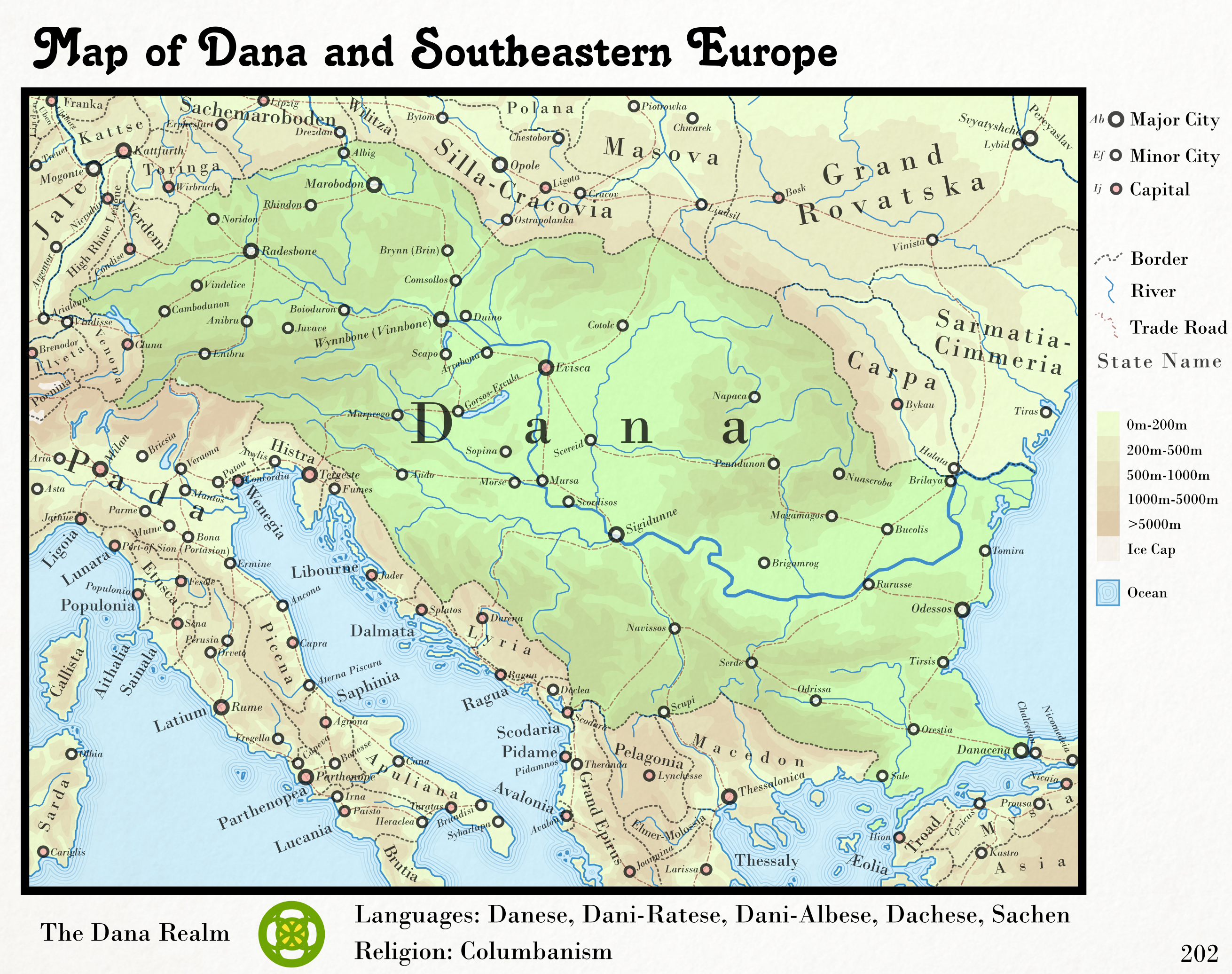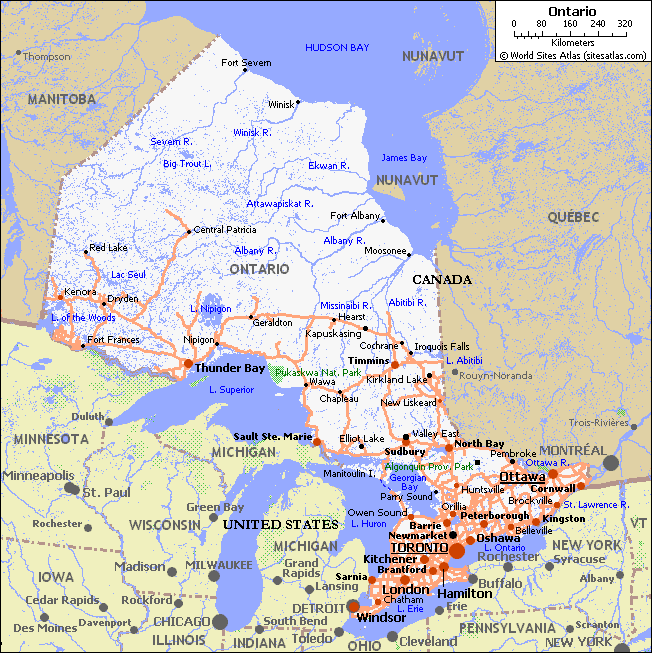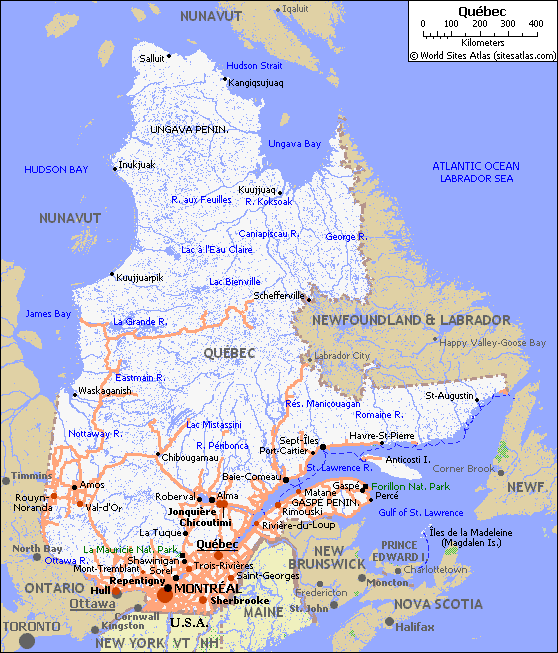OK, finished this: a commission for
GranAdmiralofBRTX over on Deviantart. Props to Sregan and Edelstein, from whose "Revolutionary World" and "Male Rising" I got some inspiration.
This world, which diverges from ours in the 18th century (in some places perhaps as early as the 17th) is not too alien to our own, but is generally speaking a bit more backwards. Technology, depending on field, varies from the 1930s to the 1950s, and nobody has developed an atomic bomb yet: some theorists predict such a device would set the Earth’s atmosphere on fire, which does not encourage further investment in the concept.
It’s also more politically backwards: although there was an American revolution, there was no French one, and absolute monarchy has held on a lot longer in a number of places. Although there are quite a few republics, and constitutional monarchies, they are also a bit on the backwards side, often rather elitist and class-divided, like Britain before our first world war, or rather oligarchic, like Gilded Age America. Spain tried to spin off its American possessions as sub-kingdoms loyal to Spain, but the result was the Catholic autocracy of Peru, while Mexico ended up kicking out It’s sub-king anyway. The fact that there was a less radical Russian revolution is a net plus, though: the Russian Federation is a working republic, if a rather turbulent one with more political parties than you can shake a stick at. Also, women have the vote in most more-or-less democracies.
Still, at long last, an age of Revolution has finally arrived, beginning in the colonial territories of the European powers, and now, worryingly, spreading to more “developed” nations in Latin America and beyond. A cold war of sorts has developed between the rather disparate collection of nations in the anti-revolutionary block, and the “Alliance of Free Nations”, or “The Revolutionary Wave” or the “Radicals”, as the anti-revolutionary forces mostly call them. The anti-revolutionaries have mostly withdrawn from their colonies or handed over power to conservative local elites, rather than getting drawn into an extended bloody struggle to maintain control which might radicalize their own troops or the population back at home.
The Revolutionaries are generally Leftist by our standards but lack a critique of Capitalism as complete as that of OTL Communism, although worker Councils and Combines are populr, and their approach to how much state power over the populace and economy vary widely, from essentially anarchist Cambodia to the war-forged autocracy of India. What is generally agreed on is that colonialism, foreign control of your economy, monarchism and “comprador capitalism” is bad, and that The People are good, as is revolutionary overthrow of the Bad. (There was also a strong sentiment of Europeans Are Bad, but the recent outbreak of revolution in France has led to some changes in theory).
The anti-revolutionaries are rather more badly split, with the old-school absolute monarchies barely getting along with the Republics and the more genuinely constitutional monarchies. Indeed, the current situation in France is greatly complicated by the fact that the Germans would like to see the French taken down a peg [1], and would like to “liberate” the catholic Germans of French Flanders. The Peruvians consider the United States of Columbia a greater ideological threat than the South Mexicans, while the rather decentralized United States (without civil or world wars, or even our Constitution – they’re working on an “improved” articles of Confederation) is divided as whether they should spend blood and treasure to help out dictatorships and semi-dictatorships with their revolutionary problems.
However, events in France have served as a wake-up call. Even after Mexico, it could still be argued that revolution was a problem for really poor and backwards countries, or ones driven to folly by colonial oppression – the spread to Europe and relatively prosperous (if terribly elitist and economically unequal) France of the Revolutionary Wave is leading to an increased perception of existential peril. Now if the major powers can only avoid fighting over the fate of France…
A less immediately threatening problem, but possibly of even greater relevance to the future, is arising in China. The Qing (Manchu) dynasty failed to conquer all of the south, and the wars of North and South created big enough gunpowder armies to delay any European meddling: but now things are collapsing, as first the southern Jinse (“golden”) and then the northern Qing dynasties were struck by revolution as popular aspirations ran into the limitations of dynastic decay and the economic situation was rendered ever worse by overpopulation. Currently, the bulk of China proper is divided in four pieces, and Europeans are jockeying for influence: the one thing all agree on is that the radical-republican, Revolutionary Wave-aligned Yellow River Republic must _not_ be allowed to get hold of all the marbles and unify all China under it’s rule: there is already one rising Revolutionary megastate in India, and that’s more than enough. As Russia sends aid to the Qing, the French assist the (nominally) catholic-led southern revolutionaries, the Indians send aid to the Yellow River Republic, and the remaining Jinse struggle to find a patron, that situation, too, threatens to spiral out of control.
Other items of interest:
The Kingdom of the Two Sicilies was rather more successful than in our world, and has absorbed Tuscany and the Papal states, to the annoyance of the more conservative Catholics.
Vienna is the third largest city in Europe after London and Moscow.
Japan was less successful in modernizing, while Korea was opened up earlier and did pretty well, even to the point of snagging some Pacific islands. Japanese revolutionaries overthrew the ruling military Junta recently and have set about nationalizing industries and such: they have left the powerless Emperor (who never got out from under the Mikado’s thumb in this world) be as a human “cultural inheritance artifact.”
Thanks to a more militarized China/Chinas, Europeans treaded more cautiously in SE Asia, allowing both North Vietnam and Thailand to avoid colonization: they have since set about creating their own little power block.
Egypt did rather better: they’ve held onto the Sudan after breaking with the Ottomans, avoided European invasion, kept a 51% share in their canal, and are now a major light industry producer rich enough that they have to import labor from other parts of Africa and such Arab heckholes as Yemen.
Switzerland’s neutrality shields fell at a critical moment.
Britain got rid of its monarchy, but not by violent revolution: back in the 1950s, The Symbol of His Nation was caught in flagrante with a bunch of young boys and leather fetishwear, and the second in line was a magnificent portrait of the perils of inbreeding. All but the most fervent royalists decided it was best to pack it in, and Britain is now a republic, albeit one with a lot of monarchy-era institutions still in place. In recent decades they’ve gone a bit mad with the “preservation of traditional cultures” thing as a part of finding non-monarchic traditions to unify the often fractious isles.
The French managed to hold onto Louisiana, at least the southern bits: eventually pressure from several powers unhappy with France having a ‘forward base’ in the Americas led to it being spun off under a junior branch of the royal French family. Since then, influence from the democratic English-speaking neighbors has led to political liberalization, and the Kingdom of Louisiana is more democratic and egalitarian than France proper.
Spain managed to regain control of Portugal (the Portuguese claimant was fobbed off with Brazil) and has had a better 19th and early 20th century than in our world. The United Kingdoms of Iberia isn’t a Top Power, but they’re hardly negligible.
Serbia had a harder time breaking from the Ottoman Empire and ended up being absorbed by Bulgaria, which went on to dominate the Balkans. The Bulgarians have fallen out rather badly with their former Russian allies, whose turbulent democracy the Czar of Bulgaria looks upon with a great deal of suspicion.
[1] France tried to make itself the leader of Catholic conservative Europe: when Iberia and the Holy Roman Empire failed to provide sufficient ass-kissing, France flounced off and made deals with the North Germans and the Russians.






